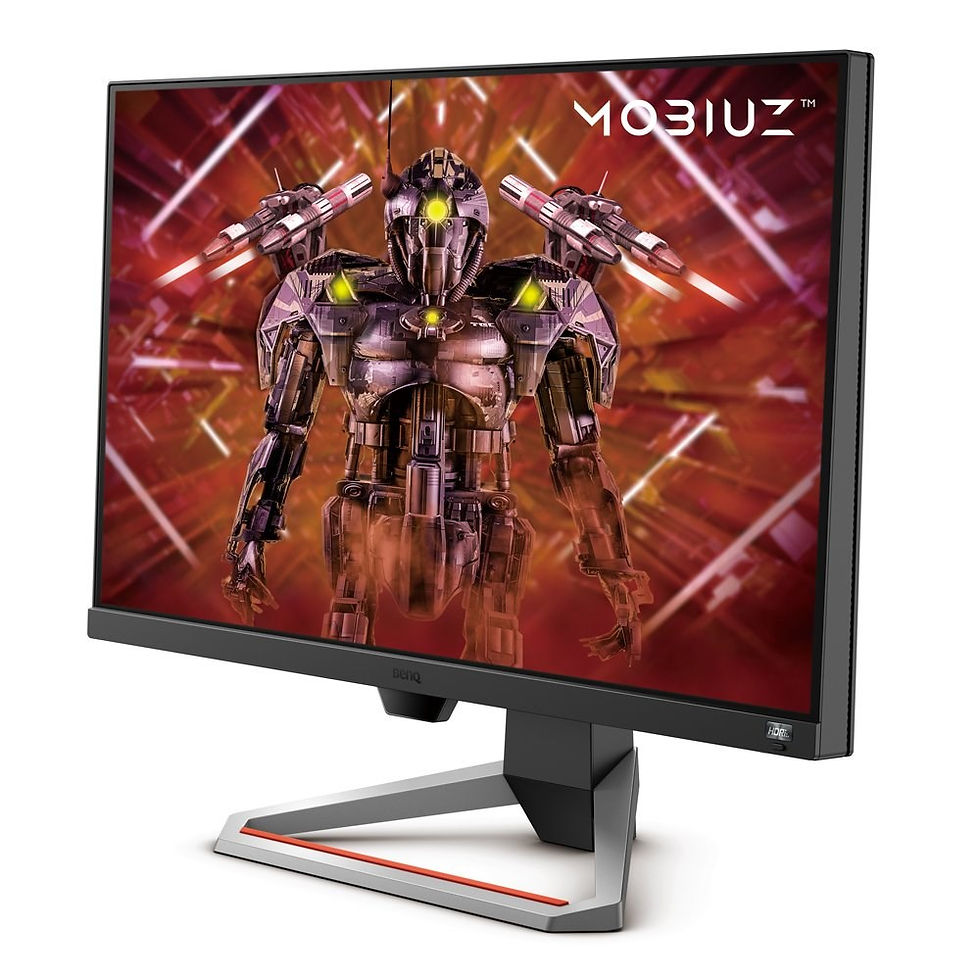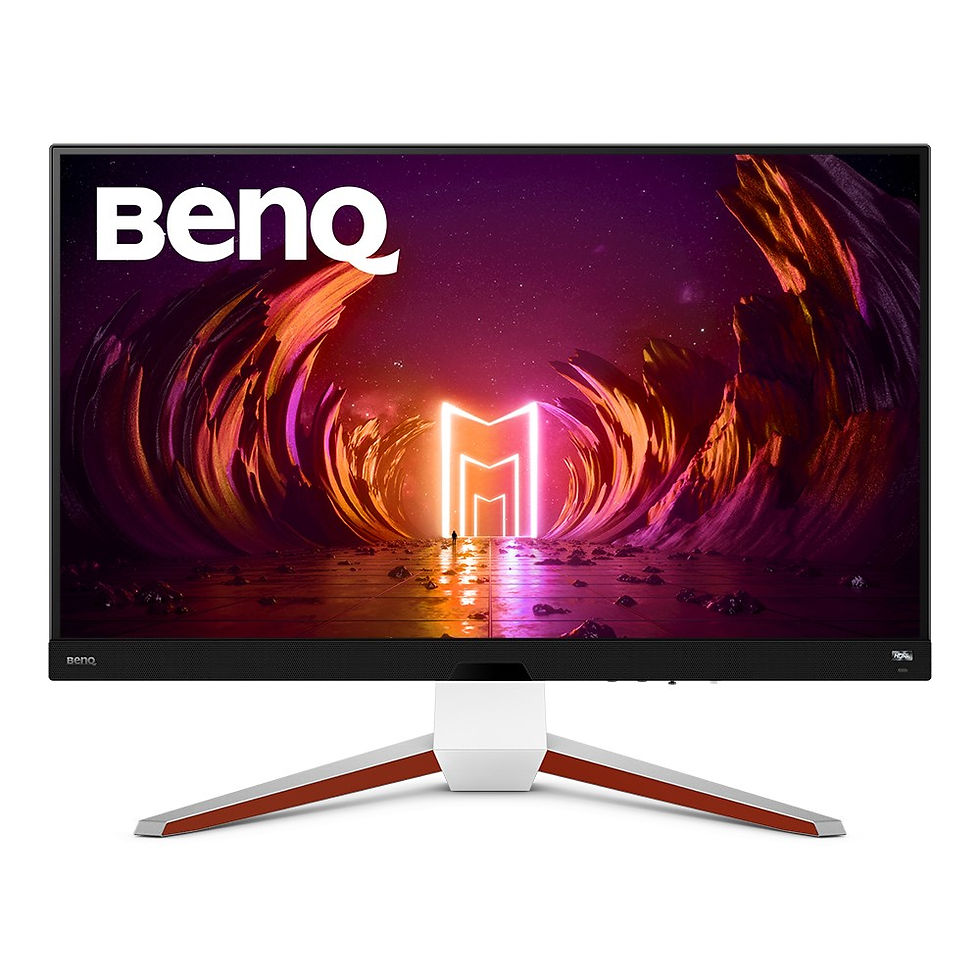Moniteurs
Nous travaillons actuellement sur ce nouveau groupe de produits avec des moniteurs pour le jeu, le travail et des minutes gratuites de navigation sur le Web. D'ici la fin du mois de juillet 2024, voici les meilleurs choix à commander pour votre lieu de travail parfait
Vous pourriez aimer


How to Choose the Right Monitor
Choosing the right monitor can significantly improve your productivity, comfort, and overall viewing experience — whether you’re working, gaming, or creating content. Here are the key things to consider before buying:
1. Screen size & workspace
-
Small desks: 23–27 inches is usually the most comfortable
-
Larger setups: 32–34 inches or ultra-wide models
-
Ultra-wide monitors are great for multitasking and replacing dual-monitor setups
Choose the size that fits your desk and your daily tasks.
2. Resolution & picture clarity
Higher resolution = sharper image and more workspace.
-
Full HD (1080p) – budget-friendly, good for everyday use
-
Quad HD (1440p) – best balance for work + gaming
-
4K (2160p) – ideal for photo/video editing and ultra-detailed visuals
If you spend long hours in front of the screen, choose at least 1440p.
3. Refresh rate & smoothness
The refresh rate determines how smooth motion appears.
-
60 Hz – office work, browsing, productivity
-
120–165 Hz – gaming, video editing, smooth animations
-
240+ Hz – competitive gaming
If you play games even occasionally, a higher refresh rate makes a big difference.
4. Panel type: IPS, VA or TN
-
IPS – best colors & viewing angles; ideal for creative work and everyday use
-
VA – strong contrast; great for movies and dark rooms
-
TN – fastest response times; used mainly for e-sports gaming
Most users will be happiest with IPS.
5. Connectivity & ergonomics
Make sure the monitor fits your setup:
-
HDMI, DisplayPort, USB-C
-
Height adjustment, tilt, swivel
-
VESA mount compatibility
USB-C (with power delivery) is perfect for laptop users — one cable for everything.
6. Eye-comfort features
For long working or gaming sessions, look for:
-
Flicker-free technology
-
Low blue-light mode
-
Anti-glare coating
These features help reduce eye strain and make long days much more comfortable.
Summary
The best monitor is the one that fits your desk, your tasks, and your eyes. Take a moment to consider the size, resolution, refresh rate and panel type — and you’ll notice an immediate upgrade in productivity and viewing comfort.
Explore our selection and find the perfect monitor for your setup.
FAQ – Monitors
1. How do I choose the right monitor size for my desk?
Think about how much space you actually have.
If your desk is small, a 24–27 inch screen feels comfortable and doesn’t overwhelm your workspace.
If your desk is bigger or you like to multitask, 32 inches or an ultra-wide can make everyday work much easier.
3. What refresh rate should I look for?
If you mostly work, browse, or watch videos, even 60–75 Hz feels smooth.
If you play games — especially fast ones — 120–144 Hz makes animations noticeably clearer and more responsive.
You don’t need 240 Hz unless you’re really into competitive gaming.
5. Do I need a 4K monitor, or is 1440p enough?
If you edit photos, videos or love very sharp text — 4K feels amazing.
But for everyday work, studying, and gaming, 1440p is usually the perfect balance of clarity, performance and price.
2. Is a 27-inch monitor a good all-round option?
Yes — for most people, 27" is the “sweet spot”.
It’s large enough to work comfortably, watch content, and even game — without feeling too big or too small. Pairing it with 1440p resolution gives a sharp and pleasant picture.
4. What’s the real difference between IPS, VA and TN?
• IPS looks the best overall — bright colors, wide viewing angles, good for anything.
• VA shows deeper blacks and higher contrast — great for movies or darker rooms.
• TN is all about speed — mainly for e-sports players.
Most people end up happiest with an IPS panel.
6. Can I use a monitor with my laptop?
Absolutely. Most laptops connect easily via HDMI, DisplayPort or USB-C.
If your laptop supports USB-C with power delivery, one cable can charge your device and send video at the same time — very convenient for clean setups.
7. Is there a difference when choosing a monitor for a MacBook?
Yes, a few things matter more when you’re using a MacBook.
MacBooks look best on monitors with high pixel density — ideally 4K or at least a sharp 1440p panel, so text and UI elements don’t appear blurry.
USB-C is also a big advantage: one cable can charge your MacBook and transfer video, keeping your setup clean.
And if colour accuracy is important to you (photos, design), choose a monitor with good colour calibration and wide colour gamut (like 100% sRGB or better).







































